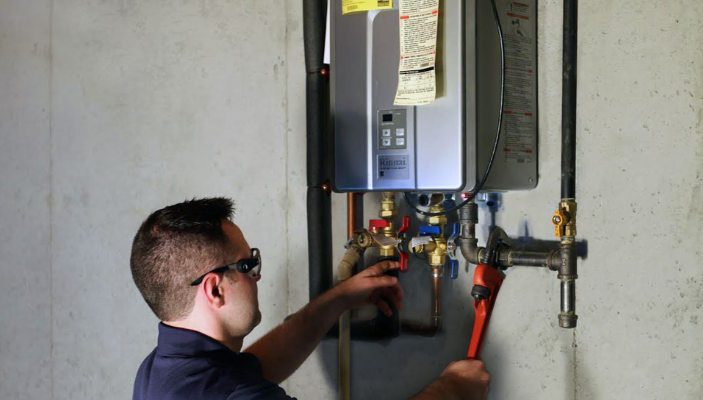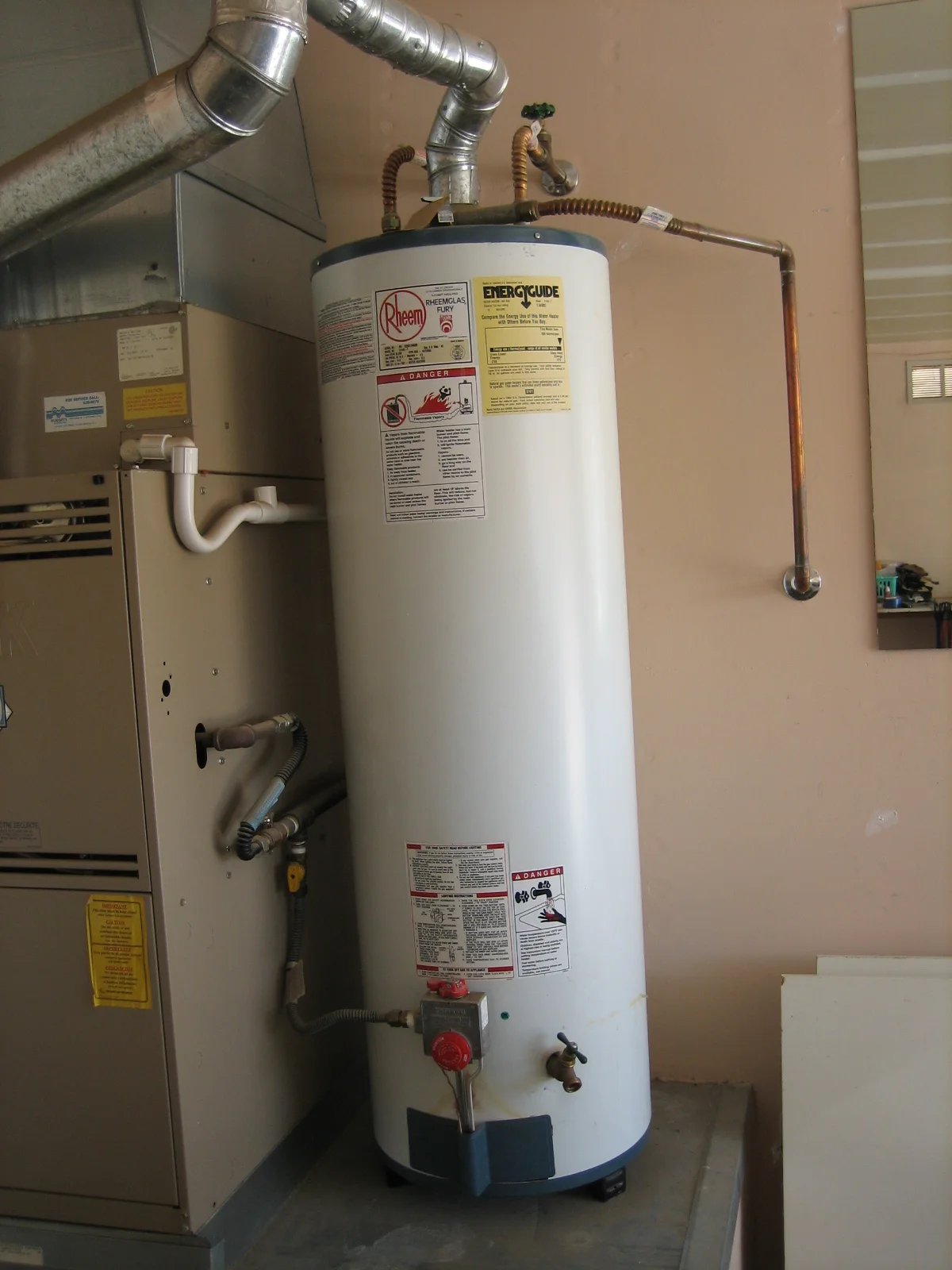We've found this article about Tips on Maintaining a Water Heater directly below on the net and reckoned it made good sense to share it with you over here.

Hot water is necessary for day-to-day comfort, whether it's for a refreshing shower or washing meals. To guarantee your warm water system runs successfully and lasts much longer, regular maintenance is essential. This short article supplies functional ideas and insights on exactly how to keep your home's warm water system to stay clear of disturbances and pricey fixings.
Introduction
Maintaining your home's hot water system might seem difficult, however with a couple of basic actions, you can guarantee it runs efficiently for several years ahead. This overview covers every little thing from recognizing your warm water system to do it yourself upkeep ideas and recognizing when to employ specialist aid.
Relevance of Preserving Your Hot Water System
Routine maintenance not only extends the life-span of your hot water system yet additionally guarantees it runs efficiently. Disregarding upkeep can lead to decreased efficiency, higher energy expenses, and even early failing of the system.
Indications Your Warm Water System Demands Upkeep
Recognizing when your hot water system needs interest can avoid major problems. Watch out for indications such as inconsistent water temperature, unusual noises from the heating unit, or rustic water.
Recognizing Your Warm Water System
Prior to diving right into upkeep tasks, it's valuable to comprehend the fundamental elements of your hot water system. Normally, this consists of the hot water heater itself, pipes, anode rods, and temperature level controls.
Regular Monthly Maintenance Tasks
Routine monthly checks can help capture minor issues prior to they intensify.
Purging the Water Heater
Flushing your hot water heater eliminates sediment build-up, enhancing efficiency and lengthening its life.
Checking and Changing Anode Rods
Anode poles prevent deterioration inside the storage tank. Examining and changing them when worn is crucial.
Evaluating and Changing Temperature Setups
Adjusting the temperature level settings makes certain ideal performance and security.
Do It Yourself Tips for Maintenance
You can execute a number of upkeep tasks on your own to keep your warm water system in top problem.
Checking for Leakages
Frequently evaluate pipes and links for leaks, as these can bring about water damage and greater bills.
Checking Pressure Alleviation Valves
Testing the pressure safety valve ensures it operates correctly and stops excessive stress build-up.
Protecting Pipelines
Insulating warm water pipelines decreases warmth loss and can save energy.
When to Call a Specialist
While DIY upkeep is beneficial, some problems call for professional know-how.
Complex Problems Calling For Professional Assistance
Instances include major leakages, electric problems, or if your water heater is regularly underperforming.
Regular Specialist Maintenance Advantages
Specialist maintenance can consist of detailed inspections, tune-ups, and guaranteeing compliance with safety and security criteria.
Conclusion
Routine upkeep of your home's warm water system is important for effectiveness, durability, and price savings. By following these suggestions and understanding when to seek expert assistance, you can guarantee a reliable supply of warm water without unforeseen interruptions.
How to Maintain an Instant Hot Water Heater
Before tinkering with your hot water heater, make sure that it’s not powered on. You also have to turn off the main circuit breaker and shut off the main gas line to prevent accidents. Also turn off the water valves connected to your unit to prevent water from flowing into and out of the appliance. 2. When you’re done, you have to detach the purge valves’ caps. These look like the letter “T” and are situated on either side of the water valves. Doing so will release any pressure that has accumulated inside the valves while at the same time avoid hot water from shooting out and burning your skin. 3. When the purge valves’ caps are removed, you have to connect your hosing lines to the valves. Your unit should have come with three hoses but if it didn’t, you can purchase these things from any hardware or home repair shops. You can also get them from retail stores that sell water heating systems. Read the user’s manual and follow it to complete this task properly. When the hosing lines are connected, open the purge port’s valves. 4. You should never use harsh chemical cleaners or solutions when cleaning your unit. Make use of white vinegar instead. It should be undiluted and you’ll probably use about 2 gallons. 5. Now flush your water heater. This task should probably take about 40 minutes. We can’t give you specific directions for this because the procedure is carried out depending on the type, model and brand of your heater. With that being said, refer to the user’s manual. 6. When you’re done draining the unit, you have to turn off the purge port valves again. Remove the hosing lines that you earlier installed on each of the water valves. Put the valve caps (purge port) back in their respective places and be very careful so as not to damage the rubber discs that are found inside these caps. 7. Now that everything’s back in place, check your user’s manual again to find out how to reactivate your water heating system. 8. Once it is working, turn one of your hot water faucets on just to let air pass through the heater’s water supply pipes. Leave the tap on until water flows smoothly out of it. https://www.orrplumbing.com/blog/2014/september/how-to-maintain-an-instant-hot-water-heater/

Hopefully you enjoyed reading our topic about Water Heater Maintenance Tips You Can't Afford to Forget. Thanks a ton for finding the time to read through our article. You should take the opportunity to share this article if you appreciated it. Thank you so much for going through it.
Click For More Information